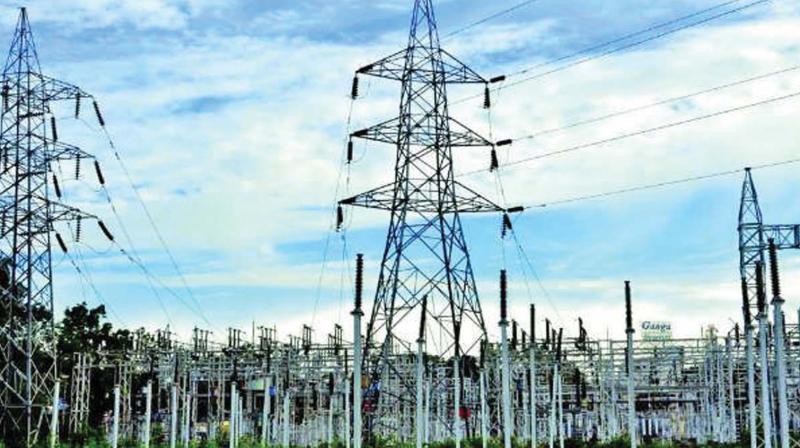Kerala to get more power by March
Three medium-term contracts that had been supplying a total of 400 MW to the state will expire on February 28.

Thiruvananthapuram: For the time being KSEBL has been spared from doing anything drastic. At least half of the additional 400 MW the public utility had contracted as an emergency measure will start flowing into the state from March 1.
Power Grid Corporation of India had earlier informed KSEBL that the power will not reach the state as work on two transmission lines of the southern power corridor had not been completed. “Now, one of the lines has been completed and we will start getting 200 MW from March 1,” a top KSEBL official said.
Had there been no supply, KSEBL would have had no option but to either impose load-shedding or evacuate the exorbitantly-priced power from Kayamkulam NTPC. Further, another 100 MW, a long-term contract which was also not expected, will start flowing from March. The state will, therefore, get an additional 300 MW from March 1, though KSEBL had signed agreements for 400 MW. (The remaining 200 MW is expected to flow from April, taking the additional power import to 500 MW.)
Three medium-term contracts that had been supplying a total of 400 MW to the state will expire on February 28. But as compensation, KSEBL had long before entered into a long-term contract for 450 MW. This power will start coming in from March 1. In a normal year, this would have been more than enough. But the unprecedented failure of both the monsoons had forced KSEBL to place a demand for an additional 400 MW. “Finding that the southwest monsoon was inadequate, KSEBL contracted 200 MW in July, and later in September when it was clear that the northeast, too, would disappoint another 200 MW was contracted from power traders in the north,” a top KSEBL source said.
Further, KSEBL also seems to be pulling things back from the brink. By carefully planning the extent of daily generation from its hydel stations, the difference between reservoir storage during this water year and last is being slowly brought down. If in the first week of February, the difference in storage was nearly 700 million units, it has now come down to below 600 MU.

